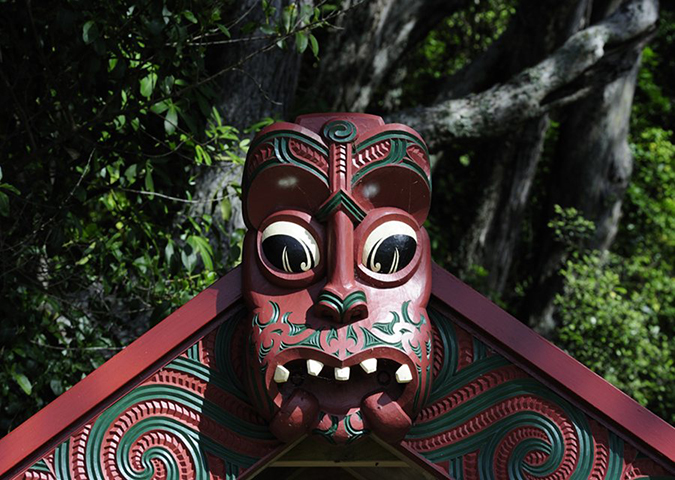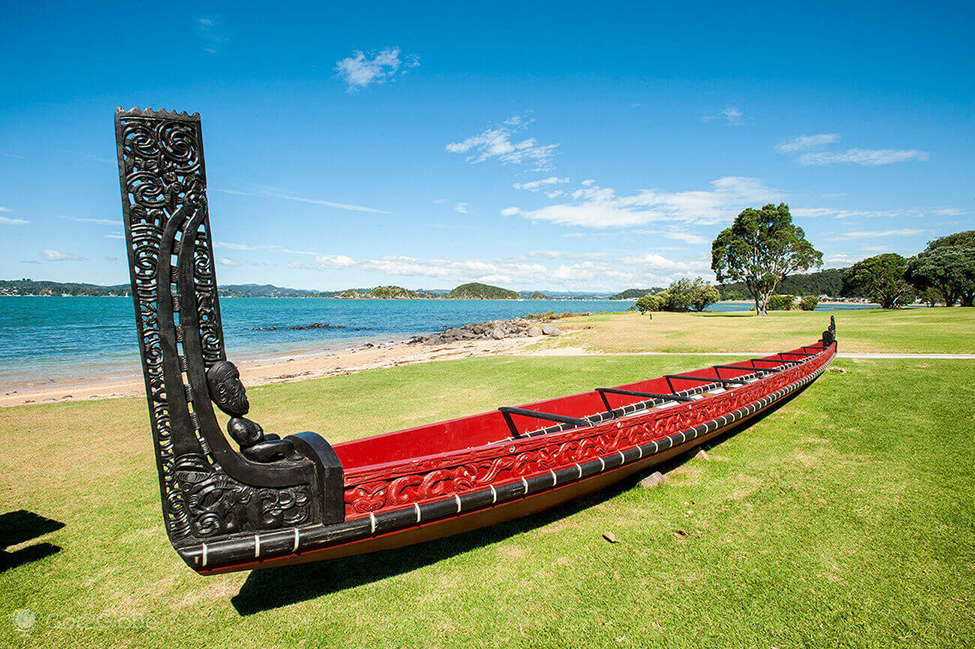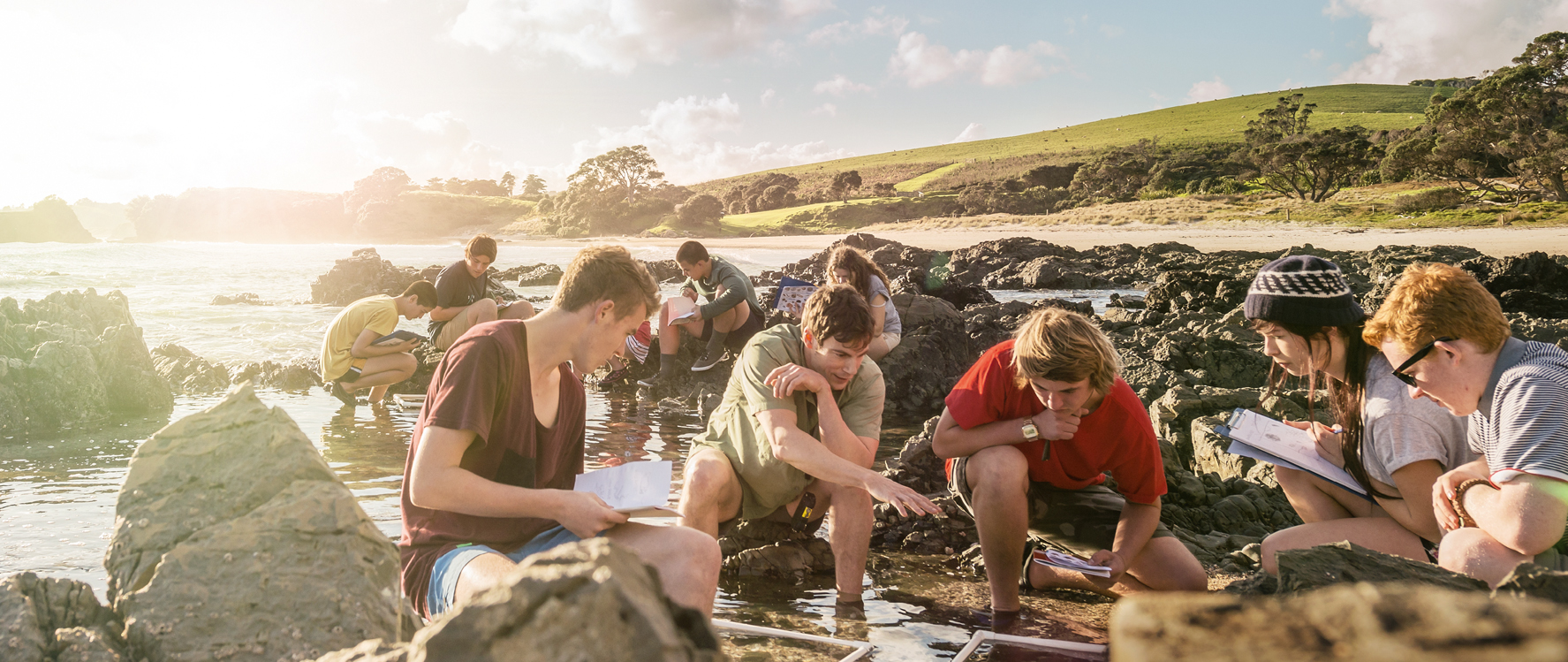About New Zealand
NEW ZEALAND EDUCATIONAL EXPERIENCE
Population
New Zealand has a total population of over 5.246 million people (December 2023). Over 31% of New Zealand’s population lives in Auckland – a city of more than 1.673 million people. Our capital, Wellington City, is home to around 421,624 people. Christchurch, our largest city in the South Island is home to approximately 404,842 people. It’s often referred to as the gateway to the South Island.
Population
New Zealand has a total population of over 5.246 million people (December 2023). Over 31% of New Zealand’s population lives in Auckland – a city of more than 1.673 million people. Our capital, Wellington City, is home to around 421,624 people. Christchurch, our largest city in the South Island is home to approximately 404,842 people. It’s often referred to as the gateway to the South Island.
History
New Zealand has a rich and fascinating history, reflecting our unique mix of Maori and European culture. The ancestors of the Maori were a Polynesian people originating from South East Asia. The exact date of settlement of the islands of New Zealand is unknown but some say between 950 – 1150.
In December 1642, Dutch explorer Abel Tasman sighted a new land which he described as mountainous and covered in cloud in the south, but more barren in the north. He had discovered New Zealand. The islands were named after the Dutch province of Zeeland.
On the 6th February 1840 – The Treaty of Waitangi was signed. This is New Zealand’s founding document. It was signed in Waitangi, Bay of Islands. The 6th February is now a public holiday in New Zealand. The Treaty is an agreement in Maori and English between the British Crown and around 540 Maori Chiefs. In the agreement Maori ceded the Sovereignty of New Zealand to Britain. Maori gave the Crown an exclusive right to buy lands they wished to sell and in return were guaranteed full rights of ownership of their lands, forests, fisheries and possessions. Maori were in return given the rights and privileges of British subjects.
History
New Zealand has a rich and fascinating history, reflecting our unique mix of Maori and European culture. The ancestors of the Maori were a Polynesian people originating from South East Asia. The exact date of settlement of the islands of New Zealand is unknown but some say between 950 – 1150.
In December 1642, Dutch explorer Abel Tasman sighted a new land which he described as mountainous and covered in cloud in the south, but more barren in the north. He had discovered New Zealand. The islands were named after the Dutch province of Zeeland.
On the 6th February 1840 – The Treaty of Waitangi was signed. This is New Zealand’s founding document. It was signed in Waitangi, Bay of Islands. The 6th February is now a public holiday in New Zealand. The Treaty is an agreement in Maori and English between the British Crown and around 540 Maori Chiefs. In the agreement Maori ceded the Sovereignty of New Zealand to Britain. Maori gave the Crown an exclusive right to buy lands they wished to sell and in return were guaranteed full rights of ownership of their lands, forests, fisheries and possessions. Maori were in return given the rights and privileges of British subjects.
National Icons
New Zealand has many different aspects that make our country special and unique. The scenery, the friendly people, our exports of dairy products, meat and fruit . . . However, our national icons are quite special. The Kiwi, the Silver Fern and the Sheep.
National Icons
New Zealand has many different aspects that make our country special and unique. The scenery, the friendly people, our exports of dairy products, meat and fruit . . . However, our national icons are quite special. The Kiwi, the Silver Fern and the Sheep.
Culture
New Zealanders – or ‘Kiwis’ – are famous for their warm hospitality. We’re friendly, welcoming, we enjoy meeting people from other cultures and love sharing food and conversation. In daily life, we are relatively informal. First names are used, even in business.
New Zealand’s multi-cultural society is a result of migration from many parts of the world, beginning over 1,000 years ago with the arrival of the Maori. The British began to colonise New Zealand from the mid-19th century.
New Zealanders today come from many ethnic backgrounds, including European, Pacific Island, Asian and African. Multi-cultural influences are very much part of our food, fashion, art and music.
Culture
New Zealanders – or ‘Kiwis’ – are famous for their warm hospitality. We’re friendly, welcoming, we enjoy meeting people from other cultures and love sharing food and conversation. In daily life, we are relatively informal. First names are used, even in business.
New Zealand’s multi-cultural society is a result of migration from many parts of the world, beginning over 1,000 years ago with the arrival of the Maori. The British began to colonise New Zealand from the mid-19th century.
New Zealanders today come from many ethnic backgrounds, including European, Pacific Island, Asian and African. Multi-cultural influences are very much part of our food, fashion, art and music.
Lifestyle
Weather and Climate
New Zealand people in short are relaxed but hard working. The majority tend to enjoy the outdoors. New Zealand women are strong and independent. New Zealand is well renowned for its gender equality. Teenagers are given responsibilities at a young age and in many cases are expected to work part time in order to pay for expenses or university fees.
New Zealand has very changeable weather and has been said to have ‘four seasons in one day’. The climate ranges from warm to hot summers to cold crisp winters. The temperatures range from:
- November to April: warm to hot (Max. 18 – 30 degrees C)
- May to October: cool to cold and often windy and wet (Max. 7 – 18 degrees C)
Summer
December – February
Average daytime temperature:
20 – 25˚C (68 – 77˚F)
Autumn
December – February
Average daytime temperature:
20 – 25˚C (68 – 77˚F)
Winter
Average June – August
Average daytime temperature:
12 – 16˚C (53 – 61˚F)
Spring
September – November
Average daytime temperature:
16 – 19˚C (61 – 66˚F)
Lifestyle
Weather and Climate
New Zealand people in short are relaxed but hard working. The majority tend to enjoy the outdoors. New Zealand women are strong and independent. New Zealand is well renowned for its gender equality. Teenagers are given responsibilities at a young age and in many cases are expected to work part time in order to pay for expenses or university fees.
New Zealand has very changeable weather and has been said to have ‘four seasons in one day’. The climate ranges from warm to hot summers to cold crisp winters. The temperatures range from:
- November to April: warm to hot (Max. 18 – 30 degrees C)
- May to October: cool to cold and often windy and wet (Max. 7 – 18 degrees C)
Summer
December – February
Average daytime temperature:
20 – 25˚C (68 – 77˚F)
Autumn
December – February
Average daytime temperature:
20 – 25˚C (68 – 77˚F)
Winter
Average June – August
Average daytime temperature:
12 – 16˚C (53 – 61˚F)
Spring
September – November
Average daytime temperature:
16 – 19˚C (61 – 66˚F)
Outdoor Lifestyle
New Zealanders love the outdoors. The mild climate means outdoor recreation is an important part of the Kiwi way of life. We spend our hot summers and mild winters exploring beautiful national parks, beaches and rivers. Activities include kayaking, mountain biking, surfing, abseiling, parachuting, swimming with dolphins, caving, and, of course, bungy jumping.
In summer, people are encouraged to ‘slip, slop, slap’ – slip on a long-sleeved shirt, slop on some sunblock, and slap on a hat – to protect them from cancer-causing sunburn. It’s easy to get sunburnt in New Zealand, even on cool or cloudy days, as the sun in New Zealand has very strong UV rays.
Outdoor Lifestyle
New Zealanders love the outdoors. The mild climate means outdoor recreation is an important part of the Kiwi way of life. We spend our hot summers and mild winters exploring beautiful national parks, beaches and rivers. Activities include kayaking, mountain biking, surfing, abseiling, parachuting, swimming with dolphins, caving, and, of course, bungy jumping.
In summer, people are encouraged to ‘slip, slop, slap’ – slip on a long-sleeved shirt, slop on some sunblock, and slap on a hat – to protect them from cancer-causing sunburn. It’s easy to get sunburnt in New Zealand, even on cool or cloudy days, as the sun in New Zealand has very strong UV rays.
Sports


New Zealand’s national sport is rugby – many play it and just about everybody enjoys watching it. Other popular sports include cricket, cycling, hockey, soccer, netball, horse riding, tennis, touch rugby, golf, basketball, badminton, bowls, sailing, volleyball, squash, cycling, mountain biking, trail biking, motor racing, skiing, shooting, rowing, fishing and swimming. All sorts of watersports are enjoyed in our famously clean rivers, harbours and lakes.



Sports
New Zealand’s national sport is rugby – many play it and just about everybody enjoys watching it. Other popular sports include cricket, cycling, hockey, soccer, netball, horse riding, tennis, touch rugby, golf, basketball, badminton, bowls, sailing, volleyball, squash, cycling, mountain biking, trail biking, motor racing, skiing, shooting, rowing, fishing and swimming. All sorts of watersports are enjoyed in our famously clean rivers, harbours and lakes.









